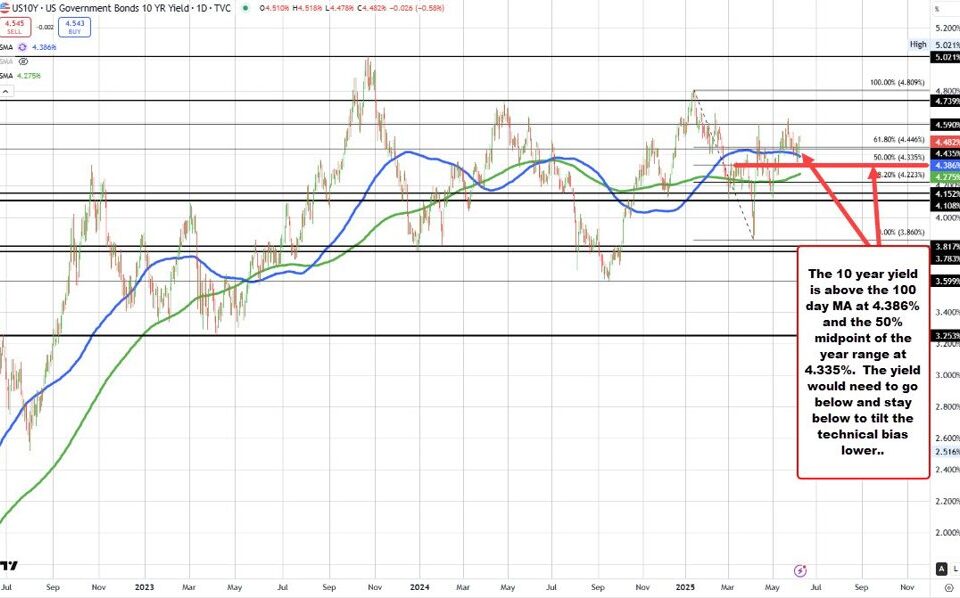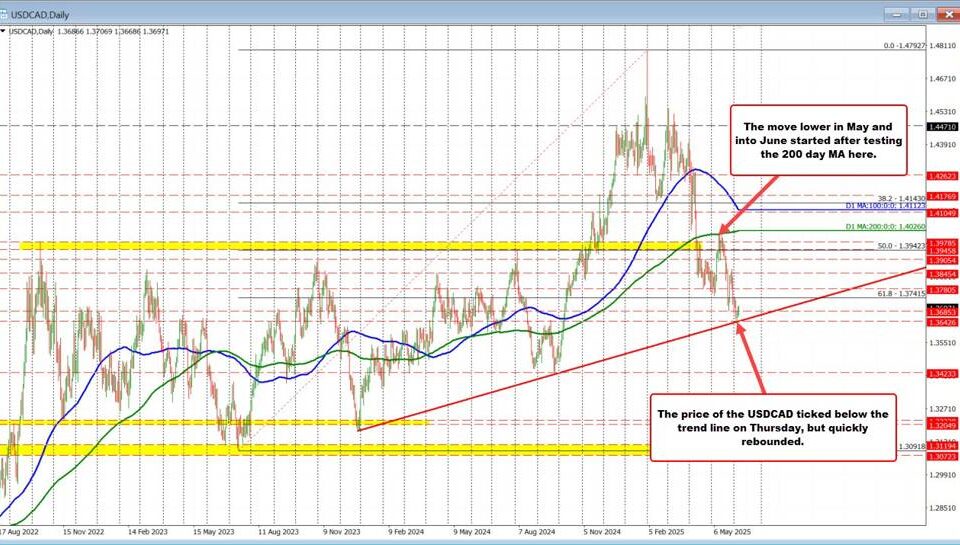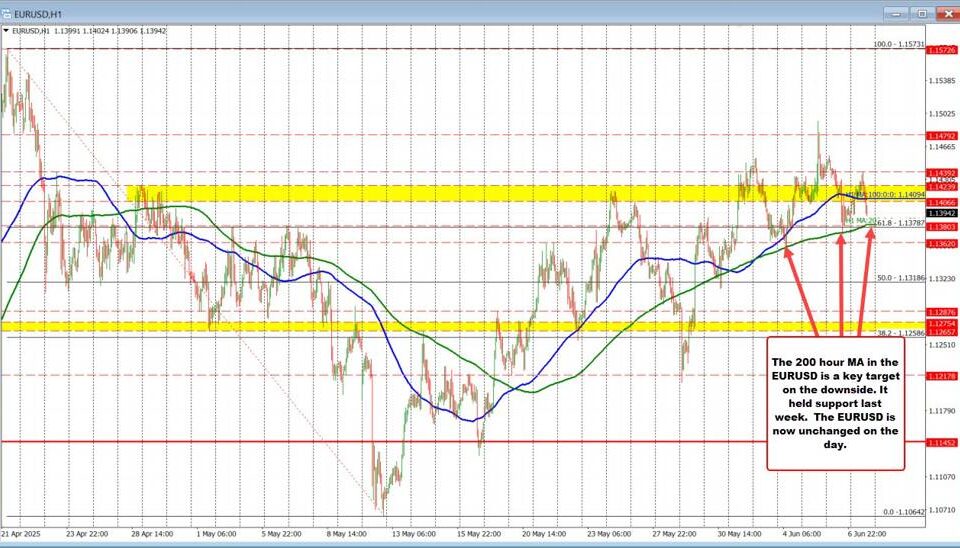
Ripple’s $1.25 Billion Move: Strengthening Institutional Finance with Hidden Road Acquisition
Tháng 4 8, 2025
JPMorgan’s Bold Prediction: ECB to Implement Four Rate Cuts Amid Economic Uncertainty
Tháng 4 8, 2025The U.S. Dollar’s Recent Performance: Insights and Analysis
The performance of the U.S. dollar (USD) against major currencies has come under scrutiny recently as it exhibits signs of weakness. Analysts are increasingly concerned about the implications of global economic growth uncertainties and the ongoing trade tensions. This article delves into the various factors that have led to the dollar’s recent depreciation and the technical indicators that provide further insights into market trends.
Recent Trends in Currency Performance
Facing a challenging economic landscape, the U.S. dollar has weakened against a range of major currencies, particularly the euro (EUR), Japanese yen (JPY), and Swiss franc (CHF). As economic indicators become less favorable and geopolitical concerns mount, the dollar is losing ground, reflecting decreasing investor confidence.
The Dollar Index (USDX), a benchmark that measures the USD against a basket of other currencies, experienced a 0.44% decline recently, closing at 102.774. This downward movement is indicative of a bearish crossover observed in key technical indicators such as the Moving Average Convergence Divergence (MACD). Furthermore, short-term moving averages are tightly packed, hinting at a fragile trend that might be subject to volatility going forward.
Technical Indicators and Market Movements
Examining specific currency pairs reveals a heightened degree of volatility, particularly in the EUR/USD exchange rate. Currently, this pair is anticipated to oscillate between 1.0742 and 1.1102, driven by market sentiments fueled by various economic indicators. The Commodity Channel Index (CCI) is registering an overbought condition, signaling a potential market correction in the near future. Notably, the EUR/USD currency pair is currently experiencing a slight upward trend with potential consolidation, reinforcing a bullish sentiment in the market. You can find more detailed analysis on this in our recent article here.
In the case of USD/JPY, the yen is nearing six-month highs, with USD/JPY retreating to approximately 147.325. This recent decline nears the low recorded last Friday of 144.82, indicating a significant shift in strength towards the yen, likely influenced by safe-haven flight amidst uncertain global economic conditions.
For the USD/CHF pair, the dollar is currently positioned near 0.85665, testing critical moving average support levels. This scenario denotes that traders should closely monitor these levels, as a breakdown could suggest further weakness for the dollar against the Swiss franc.
Market Sentiment Affecting the Dollar
One of the crucial factors contributing to the dollar’s decline is shifting expectations regarding the Federal Reserve’s monetary policy. Speculation around potential rate cuts by the Fed has become a significant concern, as these cuts could diminish the dollar’s yield advantage over other currencies like the euro and sterling.
Furthermore, the volatility index (VIX) surged above 60 on a recent Monday, underscoring rising market anxiety surrounding ongoing trade tensions. This sentiment has raised awareness of potential risks in the market, causing investors to reevaluate their currency positions. For instance, the recent moves made by China’s President Xi Jinping to address U.S.-China trade tensions signal the ongoing complexity in international trade relations and can shed light on implications for the USD. More on this topic can be read here.
Conclusion
The current performance of the U.S. dollar highlights the complexities involved in the global currency market. As the dollar faces headwinds from a slowing economy and potential shifts in monetary policy, it will be imperative for investors to stay informed and vigilant. By understanding both the technical indicators and market sentiment, stakeholders can make better-informed decisions in these rapidly changing economic conditions. The ongoing developments, including the observed neutral trend between the USD and CAD, will continue to impact the dollar’s trajectory against major currencies. For further insights, see our analysis here.



